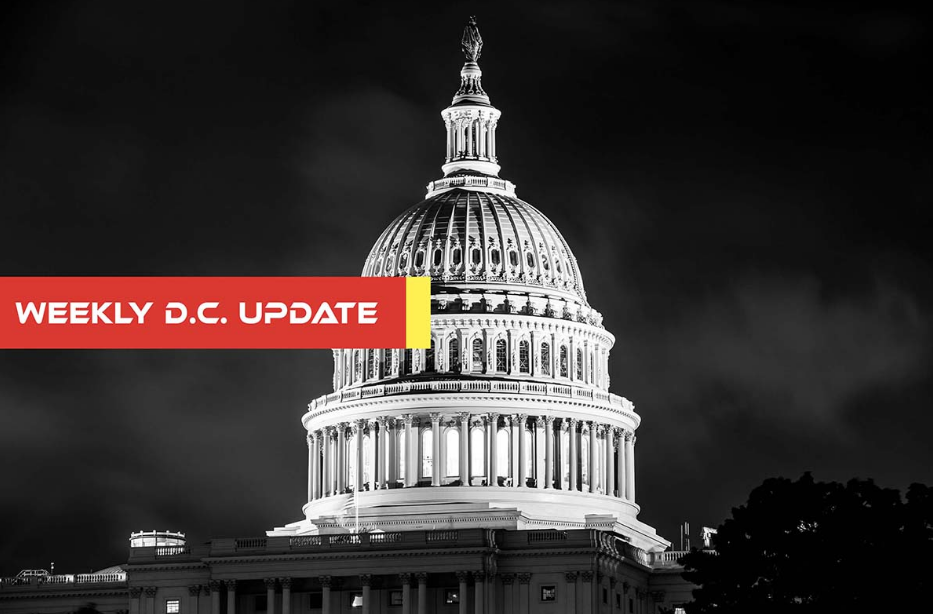This year, Kartarpur saw very few yatrees owing to the Indo-Pak military standoff. Situated on the banks of the Ravi River, Kartarpur is regarded as the holiest site for Sikhs after Darbar Sahib Amritsar and Nankana Sahib. Unfortunately, it was inundated during unprecedented floods this year. Despite large-scale construction work, the waters surged inside the gurdwara. The gurdwara itself had been rebuilt by the Maharaja of Patiala in 1929 following another major flood.
Bhai Mardana, a lifelong companion of Guru Nanak, played the rabab and is credited with composing many shabads and kirtans of Nanak—hymns that are still sung in gurdwaras today. His descendants, known as the rababis, preserved this sacred tradition of performing Sikh liturgical texts for centuries. For generations, the rababis have been celebrated as great musicians.
In modern times, virtuosos such as Bhai Lal, Ghulam Hasan Shaggan, Master Ghulam Haider, Rashid Attre, Wajahat Attre, Sain Akhtar Hussain, Tufail Niazi, and Hamid Ali Bela adapted to changing times and enriched the immense treasure trove of music over the last century in their own unique ways.
Guru Nanak is celebrated as the second great poet of the Punjabi language after Baba Farid. Much of Baba Farid’s kalam has survived for posterity because Nanak included it in his own collection.
However, the liturgical music of the Sikhs suffered greatly following the migration of the rababis to Pakistan during and after the Partition of India. Among the many cultural casualties of the division of Punjab, this remains a largely unacknowledged tragedy. Sikhs themselves seldom refer to it with full candour. This may be because when art becomes part of religious ritual, any critique of the performance quality risks being perceived as a critique of the religious act itself, which can evoke strong reactions.
A similar pattern is familiar in Pakistan, where aesthetic quality is often not treated as a critical factor in the assessment of ritual. Instead, music or performance is viewed as external to religious practice—meaning that the observance of the ritual alone is taken as sufficient. As a result, quality is frequently ignored while simply performing the ritual is considered complete.
Punjabi musical expression was, and still is, deeply shaped by Sikh influence. From the mid-18th century, when the Sikhs ruled Punjab, through the British Raj, the princely state of Patiala emerged as one of the greatest patrons of music. Musicians of the region often drew upon liturgical references, if not always directly, then with regular allusions. The Sikh Gurus themselves designated a number of ragas and composed within them.
Like other religious spaces such as the khanqah and the mandir, the gurdwara became a sanctuary for musicians, offering a platform to develop and advance their art.
After Partition, however, the rababis in Pakistan were compelled to suppress their liturgical traditions and adapt to other, more socially acceptable forms of music. Many turned to folk and film music, where they not only found space but excelled, proving themselves no less accomplished than other maestros.
As Pakistan pursued a state narrative rooted in a more orthodox reading of religion, the rababis were forced to adapt further. Many altered their attire and distanced themselves from their musical ancestry; in some cases, they even claimed different origins. Like many others, they reinvented their identity in terms of caste, baradari, religion, and sect.
This complex history highlights both the resilience and the challenges faced by the rababi tradition, reflecting broader cultural and political shifts in the Punjab region over the past century.
https://www.thenews.com.pk/tns/detail/1346542-the-lost-music-of-the-rababis


